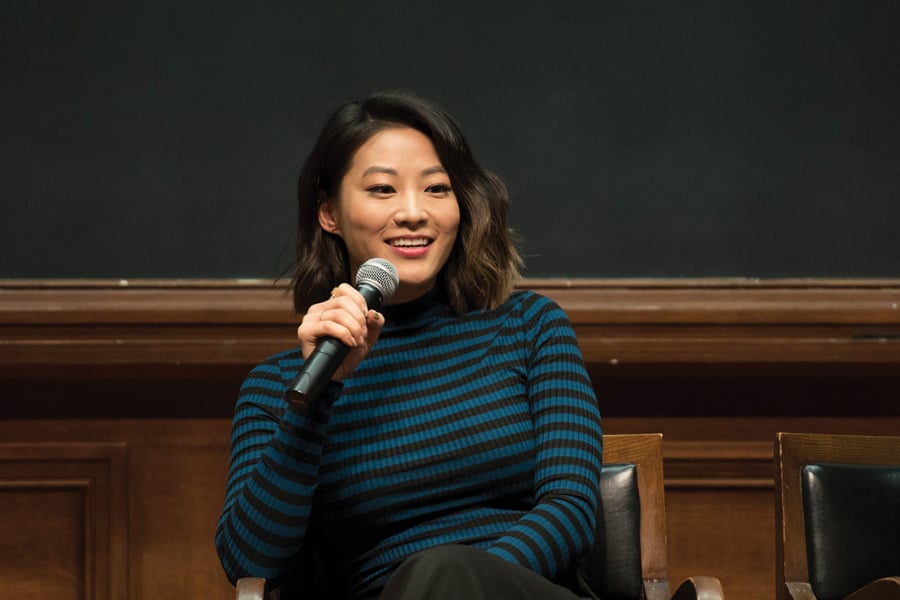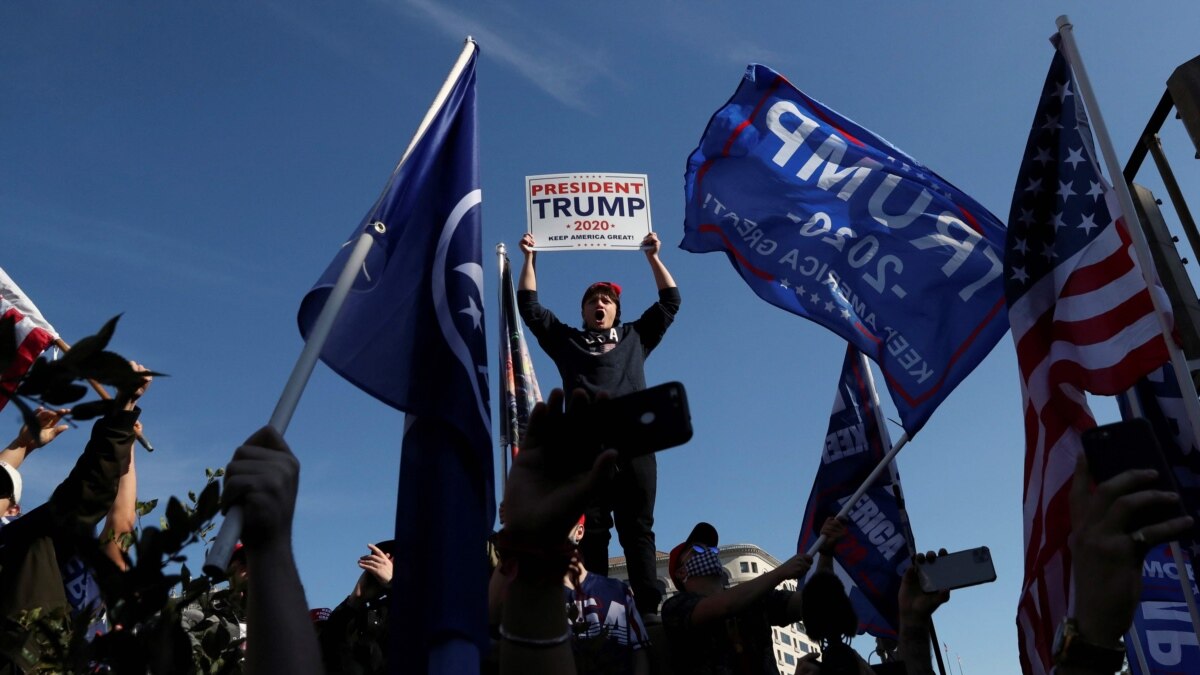Asian And Asian American Representation: Moving Beyond Stereotypes In Media

Table of Contents
Historical Context: The Evolution (and Perpetuation) of Stereotypes
The underrepresentation and misrepresentation of Asians and Asian Americans in media have deep historical roots, shaping how these communities are perceived. These ingrained stereotypes continue to influence modern media, hindering progress towards genuine and multifaceted portrayal.
The "Perpetual Foreigner" Trope
This stereotype casts Asian and Asian American characters as perpetual outsiders, never fully integrated into mainstream society, regardless of their citizenship or length of residence. This trope reinforces the idea that Asians and Asian Americans are inherently different and alien, contributing to feelings of otherness and exclusion.
- Examples: The characterization of many Asian characters in older Hollywood films as inscrutable or exotic. Modern examples might include characters who are constantly questioned about their origins or assumed to be recent immigrants even if born and raised in the country.
- Impact: This portrayal fosters xenophobia and prevents viewers from seeing Asian and Asian Americans as fully integrated members of society. It creates a sense of distance and misunderstanding.
The Model Minority Myth and its Limitations
The "model minority" myth paints Asians and Asian Americans as inherently intelligent, hardworking, and successful, often implying a lack of struggle or adversity. While seemingly positive, this stereotype is incredibly damaging. It ignores the vast diversity within Asian and Asian American communities, masks the struggles faced by many individuals, and creates unrealistic expectations. It also pits different minority groups against one another.
- Examples: Media portrayals that overwhelmingly feature high-achieving Asian professionals or students while ignoring struggles with poverty, discrimination, and mental health issues within the community.
- Impact: This myth creates immense pressure on individuals to conform to unrealistic standards and silences important conversations about systemic inequalities faced by certain groups within the Asian community. It ignores the rich tapestry of experiences within the community.
The "Dragon Lady" and "Lotus Blossom" Archetypes
These harmful gendered stereotypes reduce Asian women to one-dimensional caricatures. The "Dragon Lady" is portrayed as a seductive, powerful, and often evil villainess, while the "Lotus Blossom" is depicted as a demure, submissive, and exotic object of desire. Both stereotypes fetishize and sexualize Asian women, limiting their representation to narrow and harmful tropes.
- Examples: Numerous films and TV shows have featured these archetypes, reinforcing harmful stereotypes of Asian women as either hypersexualized or docile and submissive.
- Impact: These portrayals contribute to the sexual objectification and fetishization of Asian women, limiting their agency and reducing their complexity. They restrict the types of roles available to them in the media.
The Current Landscape: Progress and Persistent Challenges
While there's been a noticeable increase in the visibility of Asian and Asian American actors and characters in recent years, significant challenges remain in achieving truly authentic representation.
Increased Visibility, But Still Limited Depth
While more Asian and Asian American faces are appearing on screens, many still occupy stereotypical roles, lacking depth and agency. The progress made in terms of sheer numbers is often undermined by the continued reliance on tired tropes and one-dimensional characters.
- Positive Examples: The growing presence of Asian and Asian American actors in leading roles, showcasing more diverse narratives.
- Examples of Stereotypical Roles: Characters solely defined by their ethnicity or limited to specific professions (e.g., scientists, doctors) without any further complexity or personal growth.
- Need for Agency and Depth: The urgent need for roles that challenge stereotypes and showcase the multifaceted personalities and experiences of individuals.
The Importance of Representation Behind the Camera
The lack of diversity in creative roles—writers, directors, producers—significantly impacts the authenticity and accuracy of Asian and Asian American representation on screen. Having Asian and Asian American voices behind the camera is crucial for crafting narratives that resonate authentically with the community.
- Lack of Diversity: The significant underrepresentation of Asian and Asian Americans in leadership positions within the media industry.
- Successful Examples: Highlighting Asian and Asian American filmmakers and producers who are creating authentic and nuanced stories.
- Impact: The influence of having diverse creative voices in shaping narratives that genuinely reflect the richness and diversity of the Asian community.
Addressing Representation Across Different Asian Communities
The Asian community is incredibly diverse, encompassing numerous nationalities, languages, and cultures. Many media portrayals often erase or homogenize this diversity, failing to reflect the distinct experiences of specific Asian communities.
- Erasure of Specific Communities: The tendency to lump together all Asian ethnicities under a single umbrella, overlooking unique cultural nuances.
- Successful Representation: Showcasing examples of media that successfully represent the distinct experiences of different Asian communities.
- Challenges of Accurate Representation: The importance of working with individuals from those communities to ensure accurate and respectful portrayal.
Moving Forward: Advocating for Authentic Asian and Asian American Representation
Creating a truly representative media landscape requires a multi-pronged approach, involving audiences, media organizations, and the wider community.
The Power of Consumer Choice
Audiences hold significant power to influence the media landscape. By actively choosing to support media that prioritizes authentic Asian and Asian American representation and boycotting those that perpetuate harmful stereotypes, we can drive positive change.
- Positive Examples of Media: Highlighting specific films, TV shows, and other media projects that showcase successful and authentic representation.
- Voicing Opinions and Concerns: Encouraging consumers to voice their concerns about inaccurate or stereotypical portrayals.
- Supporting Independent Media: Highlighting independent productions that feature authentic Asian and Asian American stories and creators.
The Role of Media Organizations
Media companies have a critical responsibility to promote inclusive hiring practices and develop more diverse narratives. This includes actively seeking out Asian and Asian American talent both in front of and behind the camera.
- Examples of Initiatives: Suggest specific policies and strategies that media companies can implement to improve representation.
- Importance of Diversity Quotas: Discuss the potential benefits and drawbacks of implementing diversity quotas.
- Accountability Measures: Suggest mechanisms for holding media companies accountable for their representation efforts.
Amplifying Asian and Asian American Voices
Creating platforms and opportunities for Asian and Asian American creators to share their stories is paramount. This includes providing mentorship, support, and funding for diverse voices and projects.
- Examples of Independent Projects: Highlight successful independent projects that showcase authentic Asian and Asian American stories.
- Support for Crowdfunding Platforms: Encouraging audiences to support independent projects through crowdfunding platforms.
- Role of Mentorship and Support Programs: The importance of creating mentorship and support programs to nurture the next generation of Asian and Asian American storytellers.
Conclusion
The journey towards accurate and nuanced Asian and Asian American representation in media is ongoing. By understanding the historical context of stereotypes, acknowledging current challenges, and actively participating in creating a more inclusive media landscape, we can collectively move beyond harmful stereotypes. This requires a concerted effort from audiences, media organizations, and the Asian and Asian American communities themselves. By actively seeking out and supporting authentic Asian and Asian American representation, we can create a media landscape that truly reflects the richness and diversity of our communities. Let's demand better Asian representation in media – let's ensure our stories are told accurately and authentically.

Featured Posts
-
 Rate Cut Optimism Among Bond Traders Subdued By Powells Stance
May 12, 2025
Rate Cut Optimism Among Bond Traders Subdued By Powells Stance
May 12, 2025 -
 Pregnancy Announcement Mackenzie Mc Kee And Khesanio Hall Expecting
May 12, 2025
Pregnancy Announcement Mackenzie Mc Kee And Khesanio Hall Expecting
May 12, 2025 -
 Celtics Impressive Victory Seals Division Title
May 12, 2025
Celtics Impressive Victory Seals Division Title
May 12, 2025 -
 Kloynei Kai Santler Sto Netflix To Jay Kelly Diekdikei Oskar
May 12, 2025
Kloynei Kai Santler Sto Netflix To Jay Kelly Diekdikei Oskar
May 12, 2025 -
 Proval Mirnykh Peregovorov Kritika Dzhonsona V Adres Trampa
May 12, 2025
Proval Mirnykh Peregovorov Kritika Dzhonsona V Adres Trampa
May 12, 2025
